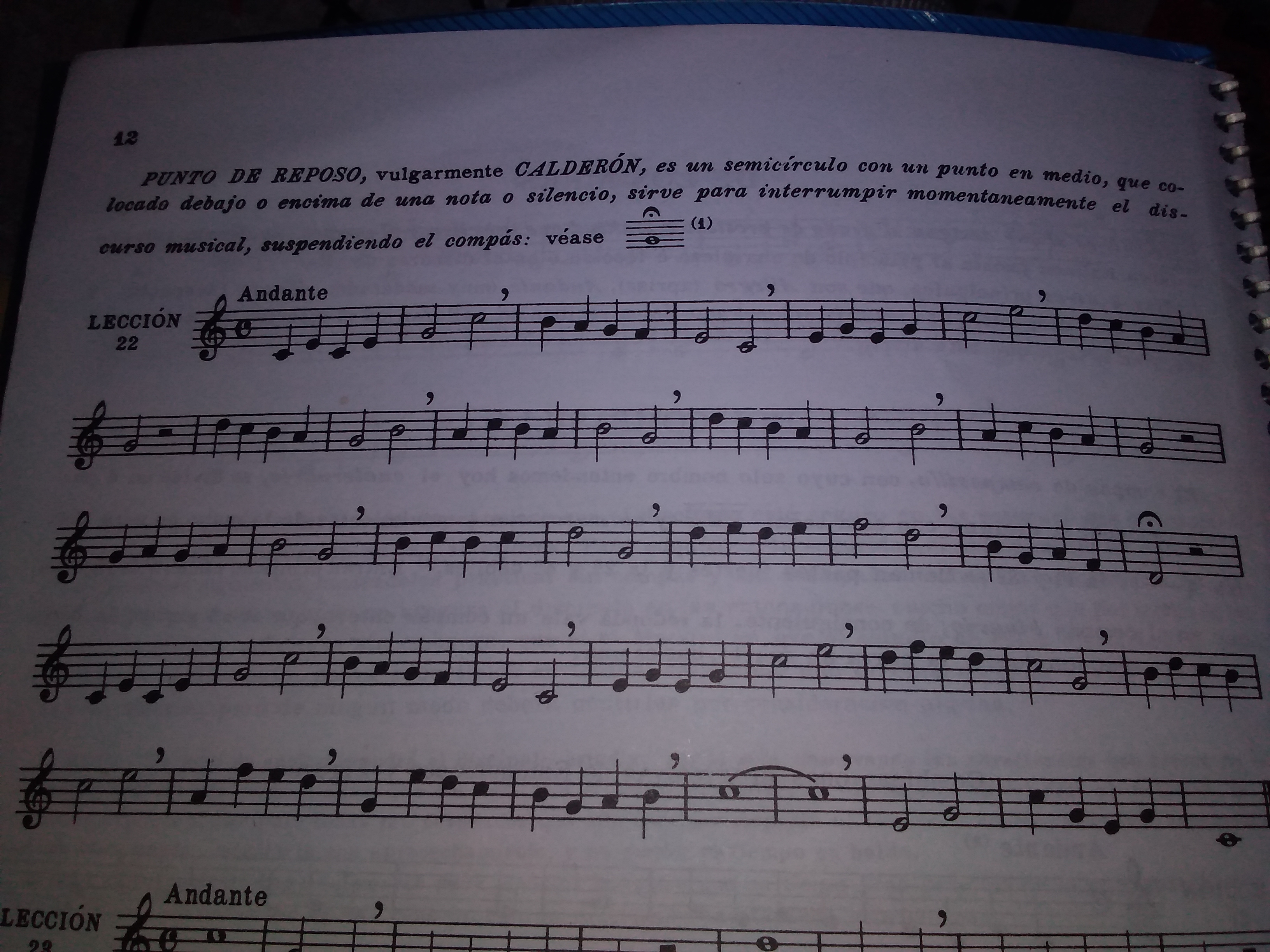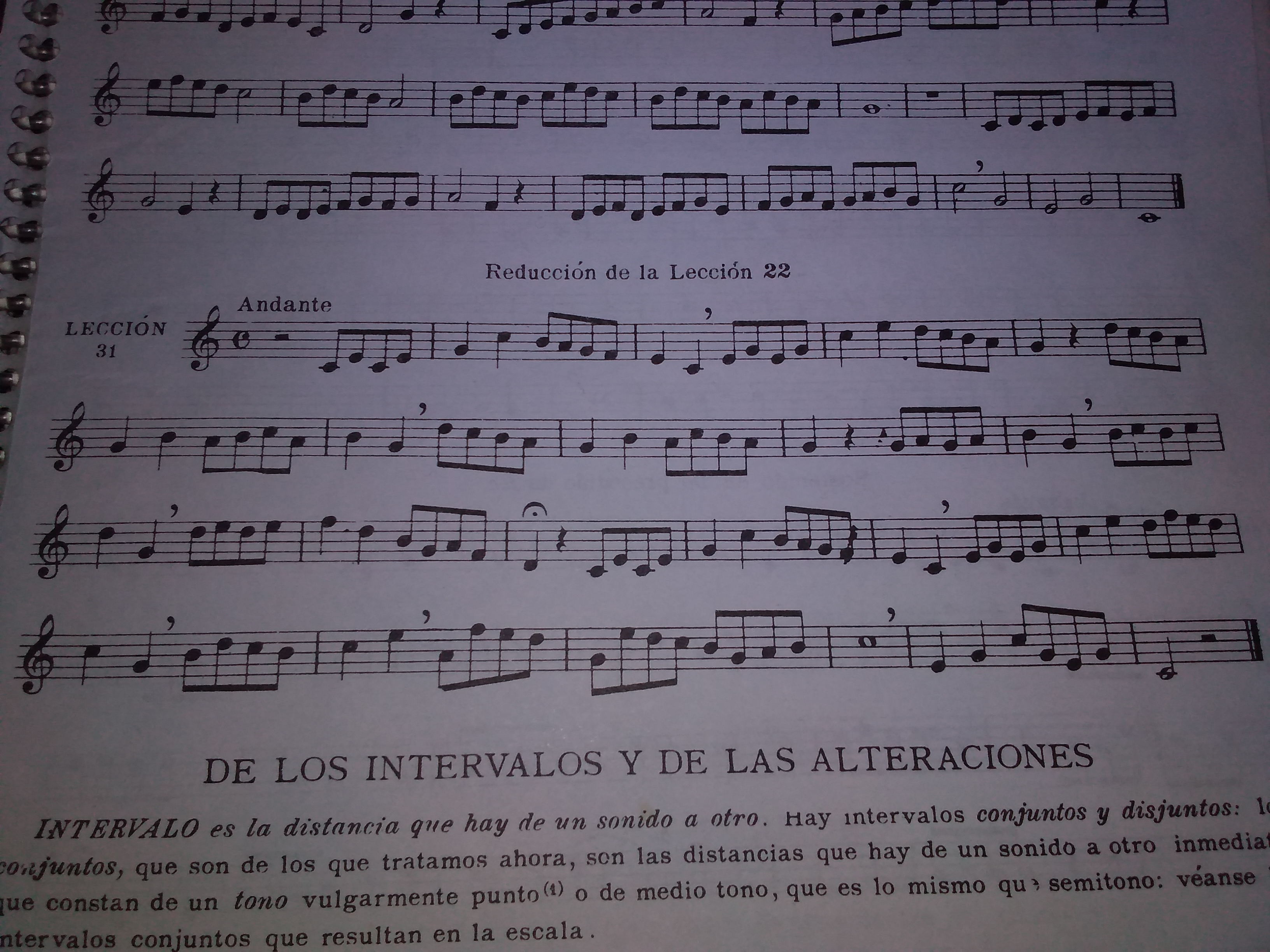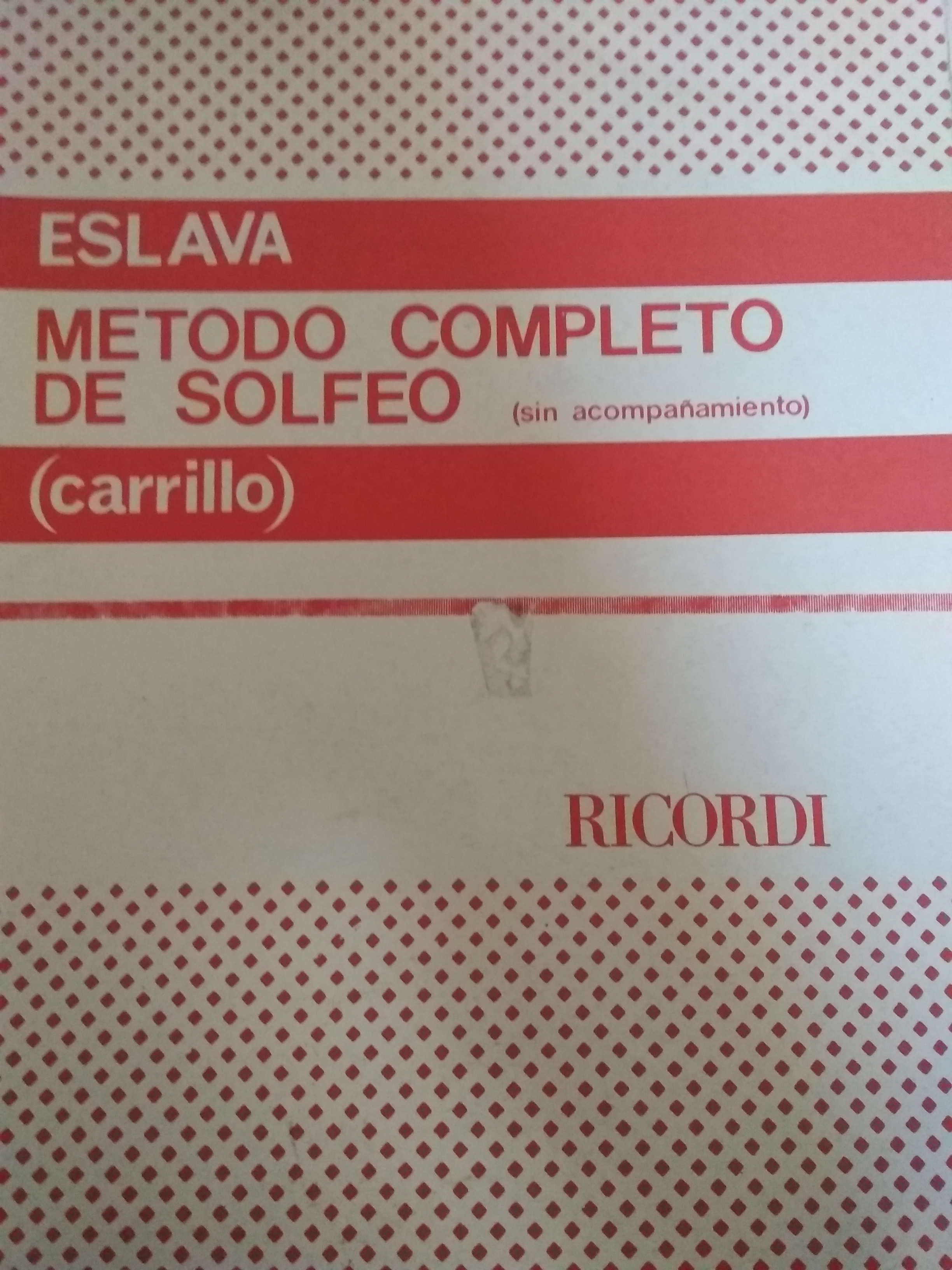Saludos, gente de la Hive
Hoy continúo con las publicaciones sobre lectura musical. Debo siempre advertir que estas son mis impresiones, como estudiante, no pretenden ser comentarios profesionales ni una guía "sui generis". Como les comentaba la vez anterior existen muchos modelos de aprendizaje, depende de los profesores que nos haya tocado tener, o de cómo nos acercamos a los manuales. Y allí está el primer GRAN obstáculo, si vemos los libros como algo distante no querremos aprender NADA. Allí está el consejo de hoy:
.- LOS LIBROS SON NUESTROS AMIGOS
Es decir, pueden ser nuestros amigos, pueden volverse nuestros aliados si los exploramos, si los usamos, los hojeamos, los revisamos, pongan ustedes el sinónimo, pero hagan el intento, toquen los libros, esto si los tienen en físico, pero si es en digital, explórenlos, recórranlos con la vista. Parecerá un juego tonto, pero pronto se sorprenderán de cómo sus cerebros comienzan a hacer mapas, a ubicar los contenidos. La complejidad inicial irá desapareciendo, la masa difusa de contenido se disipará un poco.
En el caso del testo que toca comentar hoy, se trata del ejercicio de lectura de la lección 31 del Método completo de solfeo de Hilarión Eslava. Página 15. Lo verán realizado en el video adjunto con la flauta traversa, y con el sonido del metrónomo en "Andante". al fondo, como notarán en la foto que he tomado ella reza "Reducción de la lección 22". Qué sucede con este comentario, pues que si hemos sido buenos amigos de Eslava, y le hemos dado la oportunidad de guiarnos notaremos que si ya tenemos en mente la lección 22 hemos fijado cómo suena en la cabeza, así que seré muchísimo más sencillo poder realizar esta lección 31, a pesar de los cambios en el figuraje:
Esta es la lección 22

Esta es la 31

Así suena en la flauta:
(Fuente: mi canal de #Youtube "José de Queniquea": https://www.youtube.com/channel/UCynaMFc_Znc5FV6dQqG1n-Q/about
[https://www.youtube.com/channel/UCynaMFc_Znc5FV6dQqG1n-Q] )
Bueno, volviendo a ejercicio en cuestión, si lo cantan, o lo leen en su instrumento, dirán, "oye, es lo mismo", jejejeje. Bueno, casi.
Hagan la pueba, denle un voto de confianza a los libros que tengan en sus manos o en sus aparatos digitales, mientras sean de autores reconocidos como Hindemith, Eslava, Cordero, Pezutti, entre otros. Verán que el método progresivo que usan ellos, tiene una razón de ser, pero ellos ya no están allí para recordarnoslo, solo están sus libros, así que hay que familiarizarse con ellos primero, entenderlos, para poder después criticarlos con propiedad.
(Fotos tomadas con un redmi Go, editadas con la app de Google fotos)
_______&&&&&&&&_________&&&&&&&&&&&&&&________________________________________&&&&&&&&&&&____
English version:
Advice from a student on how to read sheet music (second part), exercise 31 of the "Eslava" book
Greetings, people of the Hive
Today I continue with the publications on music reading. I must always warn that these are my impressions, as a student, not intended as professional commentary or a "sui generis" guide. As I told you last time, there are many learning models, it depends on the teachers we have, or how we approach the manuals. And there is the first BIG obstacle, if we see the books as something distant we will not want to learn anything. There is today's advice:
.- BOOKS ARE OUR FRIENDS
That is to say, you can be our friends, you can become our allies if we explore you, if we use you, if we leaf through you, if we revise you, if you put the synonym, but try, touch the books, this if you have them in physical, but if it is in digital, explore them, retrieve them with your eyes. It will seem like a silly game, but soon you will be surprised how your brains begin to make maps, to locate the contents. The initial complexity will disappear, the diffuse mass of content will dissipate a little.
In the case of today's text, it is the reading exercise of lesson 31 of Hilarion Eslava's Complete Solfeggio Method, page 15. You will see it in the attached video with the transverse flute, and with the sound of the metronome in "Andante". In the background, as you will notice in the picture I have taken it reads "Reduction of lesson 22". What happens with this comment, because if we have been good friends with Eslava, and we have given her the opportunity to guide us, we will notice that if we already have lesson 22 in mind we have fixed how it sounds in our heads, so it will be much easier to be able to perform this lesson 31, despite the changes in the figure:
This is lesson 22.

This is the 31st

That's what it sounds like on the flute:
(My channel José de Queniquea [https://www.youtube.com/channel/UCynaMFc_Znc5FV6dQqG1n-Q] )
If you sing the exercise, or read it on your instrument, they'll say, "hey, it's the same thing," hehehe. Well, almost.
Try it out, give a vote of confidence to the books you have in your hands or in your digital devices, as long as they are from recognized authors such as Hindemith, Eslava, Cordero, Pezutti, among others. You will see that the progressive method that they use, has a reason to be, but they are no longer there to remind us, there are only their books, so you have to familiarize yourself with them first, understand them, in order to be able to criticize them properly afterwards.
(Photos taken with a redmi Go, edited with the Google photos app)
El libro citado / The book quoted:

Muy bueno tu contenido amigo. Sugerencia: para dar el link de tu canal de youtube utiliza "hipervinculos" para que se vea más estético el post al igual que banners y separadores, te recomiendo este post sobre HTML, lo demás está excelente. @tipu curate
Upvoted 👌 (Mana: 6/21)
Saludos, Danny, muchas gracias.